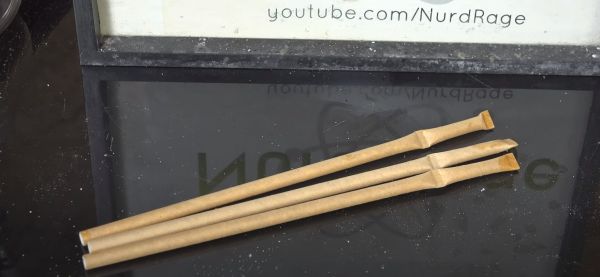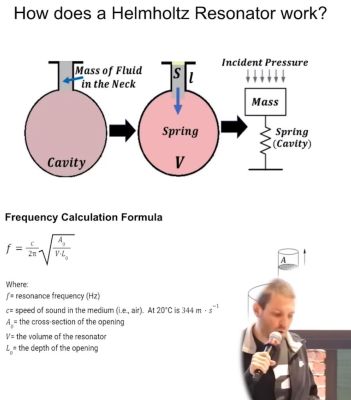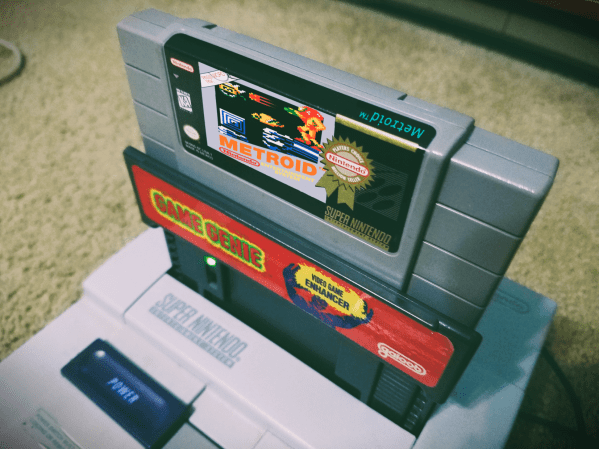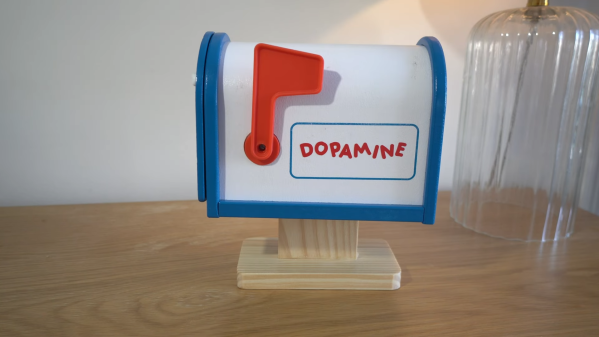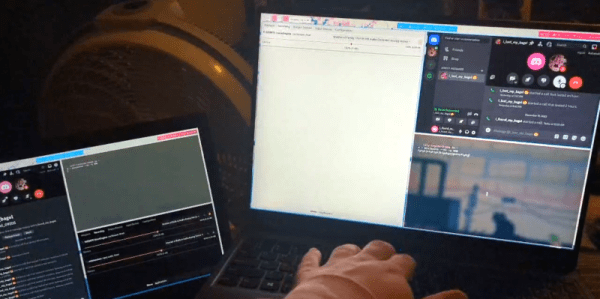This week Jonathan Bennett and Dan Lynch talk once again with Neal Gompa of Fedora, CentOS, openSUSE and more. This time the focus is Fedora, with sprinklings of Immutable Linux, KDE 6, and the new Linux stack of Pipewire, Portals, and Wayland. Neal gives us a rundown of what exactly makes Fedora Atomic so interesting, and why you probably don’t want it running on your desktop. But in a computer lab, or on a public machine? Fedora Atomic might be exactly what you need.
Up next there’s Pipewire, the userspace sound server that replaces Pulseaudio and Jack. Should we think of Pipewire as Jack 3.0? And what’s the secret to getting really reliable low-latency performance for Pipewire in Fedora? It might not be what you expect.
There’s a popular rant online, that Wayland breaks everything. And for years, that’s been a relatively accurate statement, in that Wayland hasn’t been ready for prime-time. Fedora 40 has gone all in on the belief that Wayland’s time has come, with KDE and Gnome no longer having an X11 native option. It’s Wayland all the way. And as one that has run Rawhide, I can say that the future there is bright. Literally, if you have an HDR capable monitor.
Continue reading “FLOSS Weekly Episode 763: Fedora Fixes Everything”


